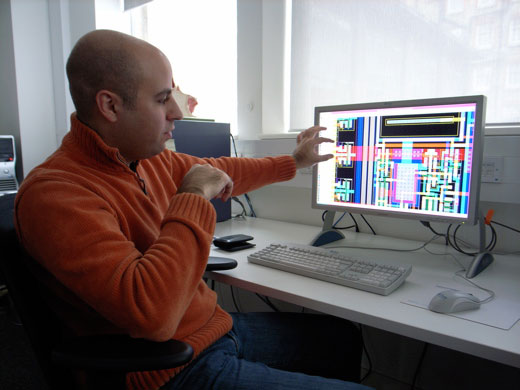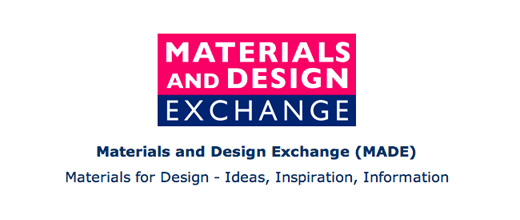Design and its potential in the research environment can be mis-interpreted.
In many labs designers brush shoulders with computer scientists, programmers, electronics engineers, biotechnologists, and other experts from a whole plethora of disciplines. Their research is often very focused and therefore easy to define; design research as a discipline is not and that is perhaps where the confusion stems from. Design without a pre-fix can have a whole multitude of meanings (Graphic, product, vehicle, fashion, textile, interaction); add to this differing roles and aims of research using design as a medium and we begin to understand why it can be confusing.
To complicate matters further we have the activity of so-called ‘celebrity designers’ to contend with. In the ‘Hello’ magazine age, home makeover shows and domestic furniture commercials have put a public face to the professional designer as one who firstly entertains, often through flamboyant behaviour and methods. Their roles and methods are significantly different to the designer in the material belief context. This anomaly needs to be addressed if we are to be taken seriously.
So what are the roles of the designer and how could scientists benefit from collaboration?
Philosophers of technology such as Martin Heidegger and Marshall McLuhan have written at length about technology and culture but their work remains inaccessible to the majority of the population. The language usually employed in these academic circles can be too daunting, too specialised or simply too boring for the average reader.
Design on the other hand, with its familiar physical and tempting language is an appropriate and accessible medium to explore the issues surrounding the development and application of existing and emerging technologies on culture and society and to expose the debate to a wide public audience.
In this situation the designer can act as a bridge between the technologists and the public. By utilising traditional design skills the [design] researcher can imagine a world in which emerging technologies exist. Products and peripheral services can then be developed which enable the viewers to place themselves in this fictitious world and understand, embrace or challenge the underlying technology. These critical proposals needn’t be judgemental of any particular technology, they simply ask for a more complete debate on how it is applied, who is applying it and how we could be affected by its mediation of our lives.
Successful design research comes about from good balance and application of 3 things:
-
The application and usage of technology should be relatively feasible, i.e. the concept cannot easily be dismissed as science fiction. This is where the collaborative element makes sense.
-
The design concept, product or service needs to be desirable both in form and function.
-
Communication is of fundamental importance. This is why the written word usually reaches such a limited audience; a page of complex text does not encourage the average person to read on. A sophisticated critical design proposal can utilise props, newspaper articles and other means to entice and coax the audience into the discussion. Video, for example has the ability to operate on the borders between fiction and reality allowing the audience to enter a parallel world that provides an aperture on possibility.
Successful collaborative design projects can operate as cultural litmus paper, gauging public perception, imagining potential issues and generating awareness before radical new technologies arrive in the public domain changing irrevocably the fabric of our lives.


